Build Great Backlinks
 Perceptual vigilance is a term used to describe what happens when you keep noticing the same things over and over again. For example, you may have just purchased a new car and you start to see that car all over the place. It’s almost like the entire city purchased it.
Perceptual vigilance is a term used to describe what happens when you keep noticing the same things over and over again. For example, you may have just purchased a new car and you start to see that car all over the place. It’s almost like the entire city purchased it.
Recently, the thing that I seem to be noticing more and more is people discussing which SEO tactics are Whitehat, which are Blackhat and even those which are Greyhat. Because many of the discussions tend to be around tactics like networks – which I covered recently – I wanted to share my thoughts on the topic.
Before I begin, I will say that I’m not going to try and convince you that any tactic goes under any hat. You’re all smart enough to decide whether you think of something as “good” or “bad” when it comes to SEO.
Though I’m not going to tell you where a tactic goes, I do want to make you think about whether the categories are really that important. I much prefer the idea of tactics being effective or ineffective, rather than which hat a tactic is wearing.
Guest posting, for example, can be done in a very natural way and it can be automated and spammy. Directory submissions can be performed automatically in a spammy way, too, but then you have the Best of The Web directory, the Yahoo directory and Dmoz which, after all this time, Google still seem to give credit for having a mention there.
If you’ve been involved in SEO for a really long time then you probably don’t need to hear about any of this. But, after recent posts, I can see some webmasters are more confused than ever about what they should be doing.
Google’s Ideal Result is That We Censor Ourselves
When Edward Snowden’s revelations about the NSA started sweeping across the internet, I came across this great quote on Reddit after people were discussing how they can make their lives more private. The quote was something along the lines of “A government wins and a society loses when we all start to censor ourselves.”
If anyone knows the quote I’m referring to please do share it in the comments, they probably worded it far better than I did.
One of the people I’ve really respected for a long time was Barry Schwartz of Search Engine Roundtable and Search Engine Land fame. Barry started openly selling links in the sidebar of his website back in 2004. To put that into perspective, I hadn’t even built my first website by then.
Barry was selling links far before there were ever any Google guidelines on the subject and well before link buying and selling was a hot topic for SEO blogs. Of course, you now probably think that selling links is a very frowned-upon tactic and any big brands who get involved in it are going to receive some negative press for “manipulating Google”.
This is of course because Google advised webmasters to use the no-follow attribute on any links that they are selling to show they’re not there to game Google for a higher listing in search results.
Barry stood up to this and basically decided to stick with what he had done all along. He even stuck with it when he received a Pagerank drop from 7 to 4 and a rankings penalty which resulted in reduced search traffic.

Here’s what he said back in 2011 on that post.
“As you can see, I am making a conscious decision to leave the paid links here despite the PageRank and ranking penalty. Why?
- I had those links there prior to Google’s paid links guideline
- I always clearly labeled them as paid links for humans to see
- Google reads this blog, they know about the paid links and I know they discredit them”
Some of the most well-known faces in the SEO world chimed in and said they really respect him for his decision.

Three years after that original post which Barry received a lot of praise for, he updated his stance on the topic with the following article:

The reason he gave in is the point I’m finally getting to: Sponsors wanted to censor themselves. They just wanted to support his website and personally asked him to no-follow the link.
People have been selling text links on their websites before Google even existed, yet now it’s something any “pure SEO” would look down on and file under a monochrome hat.
The Evolving Censoring
The first real time I ever became aware of Google cracking down on shady links was probably in 2007. Matt Cutts published a blog post on their new backlink tool which shows backlinks to website owners. Here’s what he had to say;

From that point on, I simply believed – like the majority of other SEO’s – that bad links just weren’t giving credit. It didn’t really stop any of the angry cries from webmasters though, and later Google came up with a tool where SEO’s could report each other.

To take things even further, we now of course have reinclusion requests and the disavow tool that allows us to say that we don’t want to be associated with certain sites that are linking to us. This has created a great business for some SEO companies because they can now charge people to find and remove all of their “bad” links. Many SEO services like Link Detox and DTOX from Link Research Tools have popped up to help out this growing market.
All it has served to do for the average webmaster is make them more paranoid than ever about the type of backlinks they have. Exactly what Google want people to think. Now I’m even getting link removal requests for blog comments:

This was nothing more than a blog comment with his first name as the username and already no-followed. Now that I think about it, I wonder what happens to domains that keep showing up in Google’s disavow tool. Will Google put some kind of filter on them to help themselves discredit the links algorithmically?
The Only “Blackhat” Tactic to Me
The only real link building method I really disagree with is hacking websites and inserting your links in there somehow. Anything that interferes directly with someone else’s websites, I guess Negative SEO could go here too, is something I hate the idea of.
But it happens, and will probably be happening for as long as Google are the most popular search engine. Their link based algorithm was a blast of genius when put together by Larry Page and Sergey Brin back in 1999, but it’s a thorn in their side at times as well.
I’ve sometimes heard the argument about automated social bookmarking or directory submissions being a really dirty tactic. The concept is usually followed up with the phrase “they really clutter the internet”.
Let’s be honest for a second, when has the internet being cluttered really bothered you personally? I’m not talking about getting a million pop-ups when you try to view a TV-show online, but the actual act of someone building links with directory submissions.
It’s not like you have to physically move the sites out of the way with your hands on your way to Facebook. The people who host the websites are paying a hosting company to host. They’re not somehow stealing the Internets’ bandwidth.
That’s not to say I’m saying its okay and I’m not saying it’s bad. If the point of this post is coming across properly, it doesn’t really have to go under any category. It’s not that important. Be OK with people doing it because it’s going to happen anyway.
Google Don’t Know About Your Guest Blogging Backlinks
Before I mention a site I used to own, I want to make it very clear that I used to own it. I’m actually pretty sad at what it has become since I sold it a few years ago.
It was a personal development blog that some of you may recall me being a part of or mentioning here, called PluginID. I had just moved to South Africa (I was 18) and was going through a lot of personal changes and having to “grow up fast” so started the blog to basically put those changes in a diary form; sharing as I learned myself.
After a year of running the site it had 4,000 subscribers and 6 months after that my Feedburner chicklet had just ticked over 7,000. That probably doesn’t sound a lot now, but it was quite a big deal back then.

(How the site used to look, courtesy of the Wayback Machine)
I ended up selling the website to someone I had known for quite a while. They had asked a great writer to come on board, my friend Bud, so I thought things would continue fairly successfully.
They ended up selling the website about 3 months later for a $10,000 profit. I’m not going to start a debate on religion but the new-new owner brought a lot of Bible-like ideas over to the website which really seemed to turn-off the audience that I had built up previously.
Coupled with another sale or two and about five redesigns, the site is still running but has clearly lost everything that made it successful in the first place.
The reason I’m bringing it up today because I very publicly had a lot of success writing guest posts to build up the brand. Guest posting is of course another hot-topic right now in the SEO world after Matt Cutts made an official announcement on the subject, recommending guest posters to no-follow links back to their site.
I remember when I wrote an article for Zen Habits, which has over 200,000 subscribers now, and it sent me 400 sign-ups in just 24 hours.
Needless to say I quickly wrote for them again.
Though I primarily wrote the guest posts to share good information and value, part of it was to get more backlinks to my site that would result in Google traffic. I picked two keywords that I wanted to rank for based on the Google keyword tool’s suggestions, which were:
- Personal development
- Personality development
If truth be told, I didn’t really know what personality development was until I saw it in the keyword tool and decided to research it. Not limited to the fact that it was getting searched for 27,000 times per month (exact match). This was only a little behind personal development, with 30,000+ searches per month
If you keep in mind that guest posting spree happened most heavily between 2008 and 2009, guest posting wasn’t really a “thing” that people were relying on for SEO. I did not know a single other person utilizing guest post so heavily for SEO when I started.
I think there was one month where I wrote 26 posts alone, all of which eventually ended up going live on a respectable blog and linking back to my website.
Here’s a snippet of some of my author bio’s.

With the recent announcement from Google on guest posting – saying links should probably be no-followed – if someone were to try and do this now you would say they were doing something spammy, right?
Right?
If I were to say I’ve started blogging on all of these marketing blogs linking to Viperchill with the text “viral marketing”, for example, then you would probably think I was doing something shady and unethical.
Guest posting was working so well for traffic and links that I wrote more, sometimes putting multiple links into the author bio.
Of course, don’t forget that I tried to write very high-quality articles for each site I posted on. Nothing was just thrown together. Some of my guest posts actually received huge traffic. This one for DumbLittleMan received 7,800 Facebook shares and counting…

Nobody ever really thought I was doing anything bad or that my links should be no-followed, and instead simply getting ‘credit’ for writing a great article for another site. I definitely didn’t include anchor text links in every bio I submitted, but I didn’t feel like I was gaming the system.
Yet, if I were to do that now I probably would. Why? Because when Google make a statement about anything, the view of that tactic seems to change in the mind for everyone. When I wrote about guest posting on the Moz blog four years ago I had started to notice people taking things a bit too far.
“I have noticed a few big name SEO’s abusing this already (I won’t say who) so I don’t know how long this tactic will remain effective, but it’s working well for now and is probably hard to algorithmically block in all cases.”
As soon as I started seeing the tactic getting abused and picked up by SEO’s I knew there would be an official Google response on it eventually. Those came two years later in 2012, and more recently now in 2014.
The reality is though, years later those exact backlinks have retained the high rankings they originally earned. My prediction was correct. Many people will say what I did probably looks like a shady tactic now, but it worked and is still working.
Here’s a 4th place ranking for ‘personality development’, purely through those guest blogging bio’s:

Google clearly don’t have a rule in their algorithm where any links near text that says “Guest post by” don’t get some form of credit. You would think people thought otherwise if you’ve read the blog posts I have since that latest Matt Cutts video.
Here’s another search term where you can see that the guest post links I picked up years ago have been instrumental in helping this page rank:

While it is on page 3, if the title tag was changed back to it’s original – with personal development written there – I have no doubt it would jump back to the top of page 2, if not page 1 where it was previously before the change.
Of course, once I saw this worked so well I used it in other industries which are still benefiting from their rankings.
Just because Google make a recommendation about a tactic, it does not mean that source of backlinks is ineffective. If I were to start doing this today any self-professed Whitehat SEO would tell me not to use that anchor text and to no-follow my links. Few, it any, of them would have said it back when I started though.
Guest blogging was simply thought of as a great source of backlinks you’ve “earned” because you’re writing content for another website.
The Playing Field Will Never Be Fair
A large part of what I covered in my recent post was how much favoring certain brands seem to receive. I showed how Godaddy are breaking some of the biggest rules in the book – which they’ve publicly being doing for years – and still have top rankings because of it.
I showed Cnet having one of the worst pages on the topic of web hosting yet ranking for the majority of web hosting related phrases.
Another Google example comes from John Chow, the “make money online blogger” who used to be really popular back in the day. A few years back John started putting together some competitions where he would ask people to link to him with the phrase “make money online”.
It’s a term that gets around 135,000 exact searches per month and it’s in a niche where there is a lot of money to be made so it’s understandable people would target it. For a while, it worked really well for John and I believe he held the number 1 position in Google for the phrase.
Then, after another while, he was banned in Google. For three years. He could have gotten out of the mess much quicker if he complied with Google’s terms, but like Barry he wanted to challenge the norm. He also had a goal to see if he could grow his blog without Google.
What was interesting to me was how he was able to get back into Google after the ban, from his blog:

I bet “Matt and I exchanged several emails” and “submitted a re-inclusion request on my behalf” is something you’ve never been able to say.
Perhaps more interesting is that John still ranks on the first page of Google for ‘make money online’, propped up with all of those backlinks he received when he was gaming Google. I’m not outing John here, he admitting gaming Google himself and purposefully hadn’t tried to get back into their “good books.”
I’m just trying to show that Google really don’t have as good a grasp (or memory) on how a site earned backlinks as you may be led to believe.
Eric Enge, who is fairly respected in the SEO world very recently published a blog post on Search Engine Land entitled: “Google is not broken”.

Before I get into his post, which one commenter described as being like Google cut him a pay cheque (comment has now been deleted), I just want to clarify that Eric does have a lot of credibility in the SEO world and a lot of people follow his advice.
The gist of Eric’s article is that people might moan about poor search results but Google are growing in marketshare so they can do what they want. He says there are times when they act really slowly (like penalizing a certain link tactic) to make sure their changes don’t mess up all results but Google can act fast, just like they did with Rap Genius.
The first argument has merit, but I don’t agree with him on Rap Genius at all.
First of all, Google had no idea what Rap Genius were doing. If they did, they hadn’t done anything about it. The only reason Google got involved was because Matt Cutts saw a thread on Hacker News about the subject. Which was originally posted by a blogger whose last five posts didn’t gain a single comment.
Second of all, acting so fast on the Rap Genius saga is a real hit in the face for normal webmasters who don’t have that kind of brand or the connections with Google that Rap Genius were found to have. As I shared in my last post, Webmasters are now being told they’ll have to wait a few weeks before their re-inclusion requests are even considered, never mind taken action on.
Google Owe You Nothing, Nor You Them
Just because you have more links than someone or may feel like you have a better website than others in your niche, there’s obviously no guarantee that you’re going to rank well in Google for your chosen keyphrases. Just as obvious, is that Google don’t even have to index your website if they don’t want to. They owe you absolutely nothing when it comes to search rankings, no matter how frustrating it can be when you think you ‘deserve’ to rank in a certain position.
We’re all welcome to use Adblock, DuckDuckGo and Yahoo Mail to stop benefiting their business.
In a similar vein, I don’t think we owe Google anything either. If you want to go and sell paid advertisements which just happen to be links on your site then do it. It’s certainly not illegal. If you want to go and write a guest post for another blog and they accept your anchor-text rich backlink then go and do it. It’s very clear that Google have a hard time distinguishing between the types of links which are earned and those which aren’t.

It’s very easy for us as SEO’s to think that the challenges we face are actually that iimportant. Of course, they’re only really important to us. How many of your family members would be interested in this post? I’m guessing close to none.
I think it’s a real shame that we’re so bothered about which tactic falls where, confusing new webmasters more than ever with which direction to go in. My advice has been for a while now: When in doubt, do both.
I try to follow the Google-guidelines very closely in a lot of industries I’m involved in, but in others if you properly look at the search competition there’s just no way you’re getting a shot at top rankings without bending the “rules” in your favour.
Build up a brand and try to “earn” links naturally, and build another brand that ignores the guidelines a little. Look at the potential risk versus reward and decide which path you want to take in the future based on the results you get.
Over the next few weeks I’m going to be getting into more detail about link networks that probably doesn’t fit under a “pure whitehat” view. This is an advance disclaimer for those who think that this isn’t for them, you may not want to subscribe to future blog updates (or you may want to unsubscribe).
You can think whatever you like about certain marketing tactics, but hold a little caution before labeling something as blackhat and spammy because, once upon a time, people probably didn’t think that way.
Just like there’s more than one way to skin a Chicken, there’s more than one way to implement a strategy…
You may view the latest post at
http://www.viperchill.com/no-hat-seo/ Build Great Backlinks
Glen
peter.clarke@designed-for-success.com





 Contributed by David Aston
Contributed by David Aston 

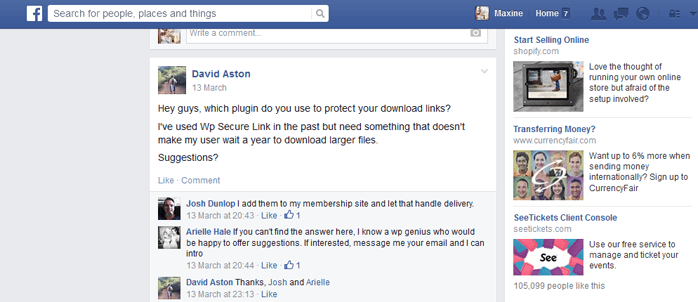



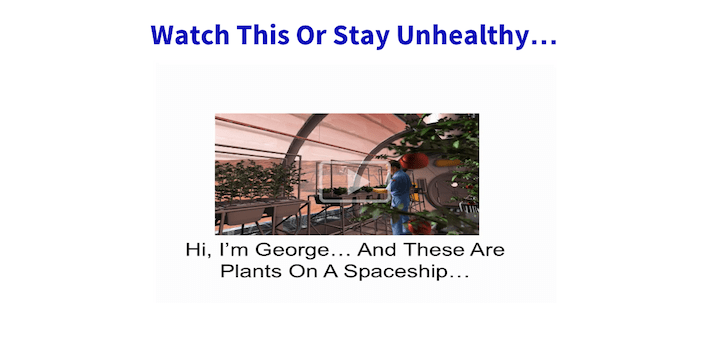
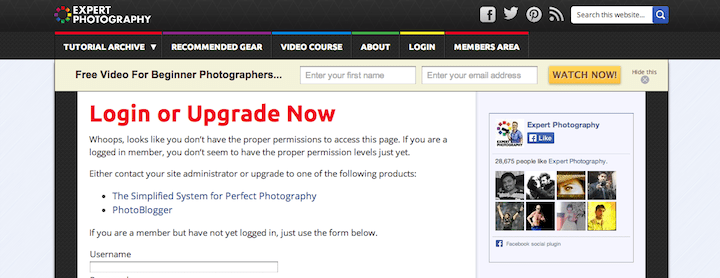
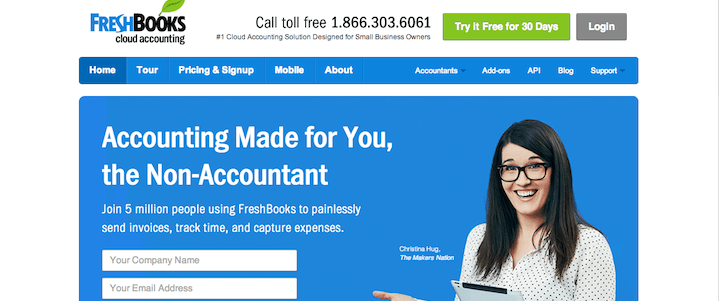
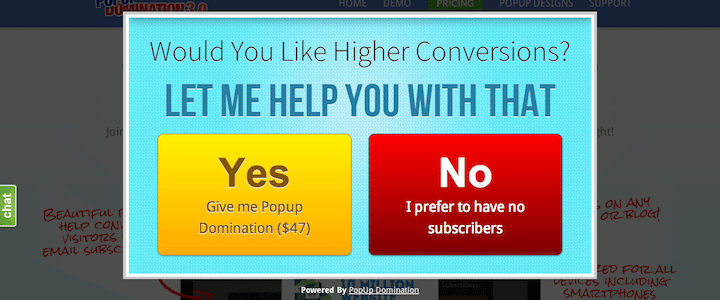
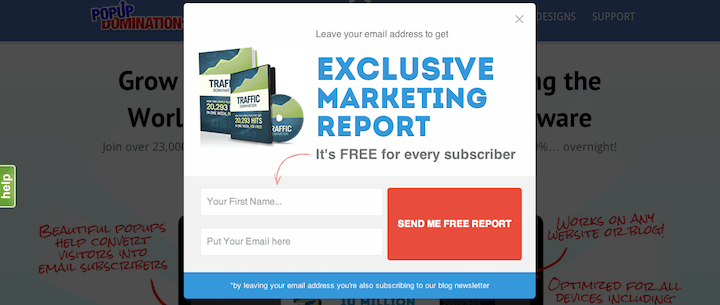
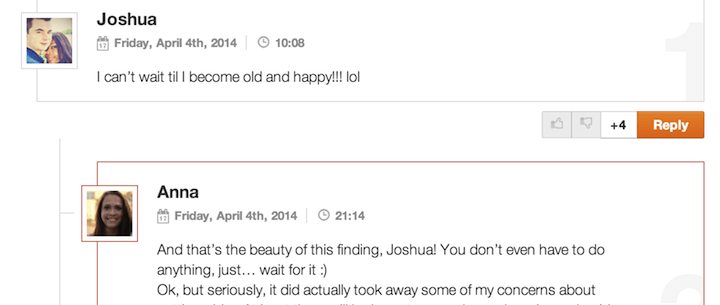
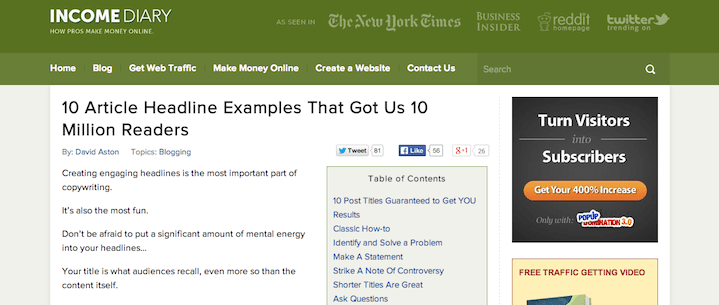
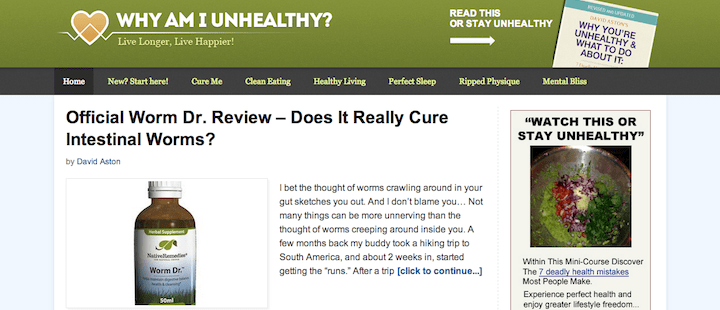
 Perceptual vigilance is a term used to describe what happens when you keep noticing the same things over and over again. For example, you may have just purchased a new car and you start to see that car all over the place. It’s almost like the entire city purchased it.
Perceptual vigilance is a term used to describe what happens when you keep noticing the same things over and over again. For example, you may have just purchased a new car and you start to see that car all over the place. It’s almost like the entire city purchased it. 













